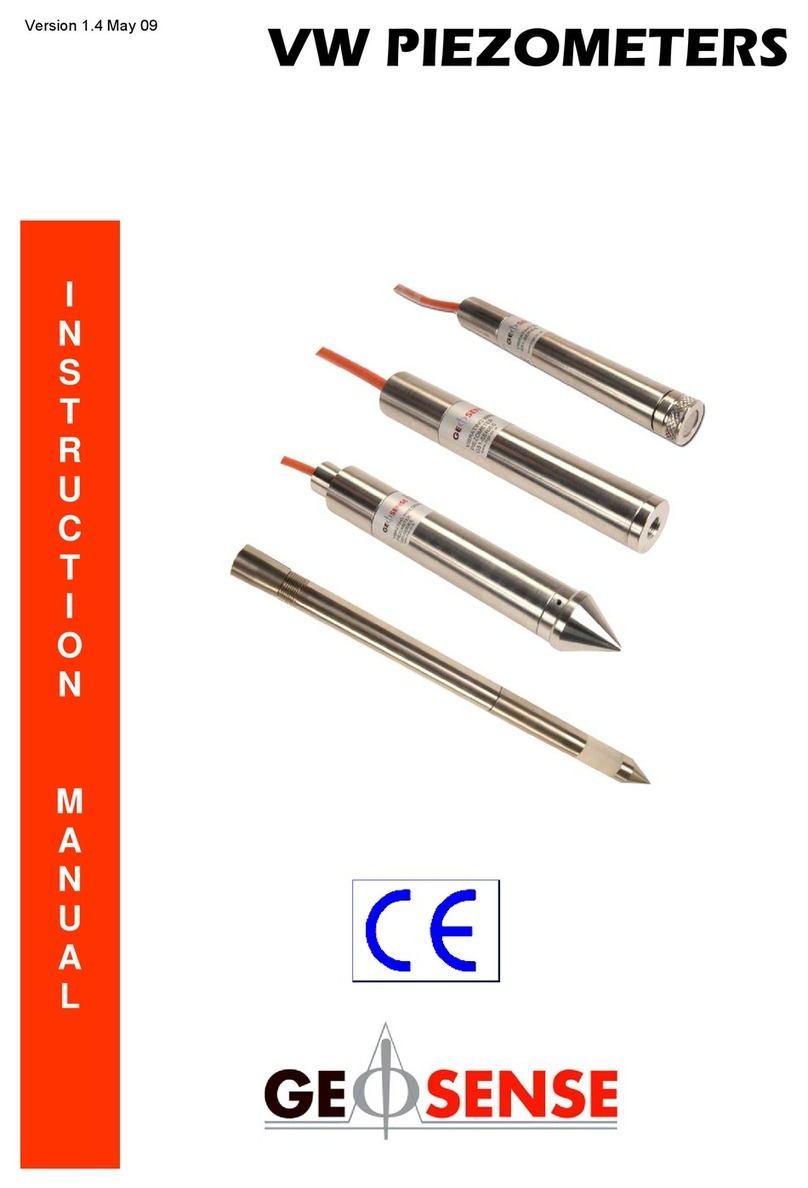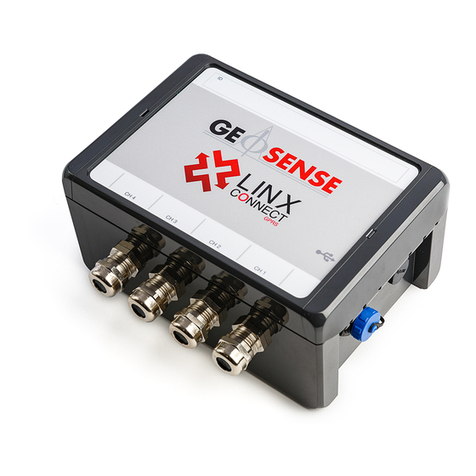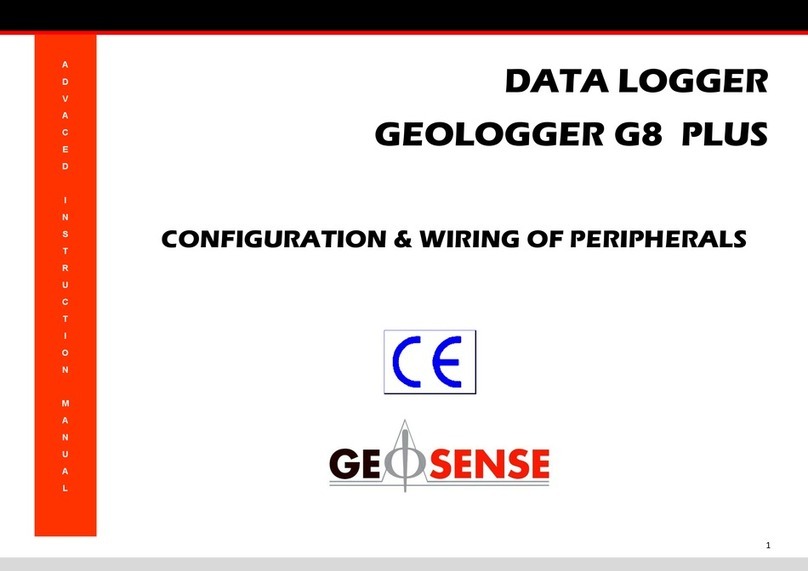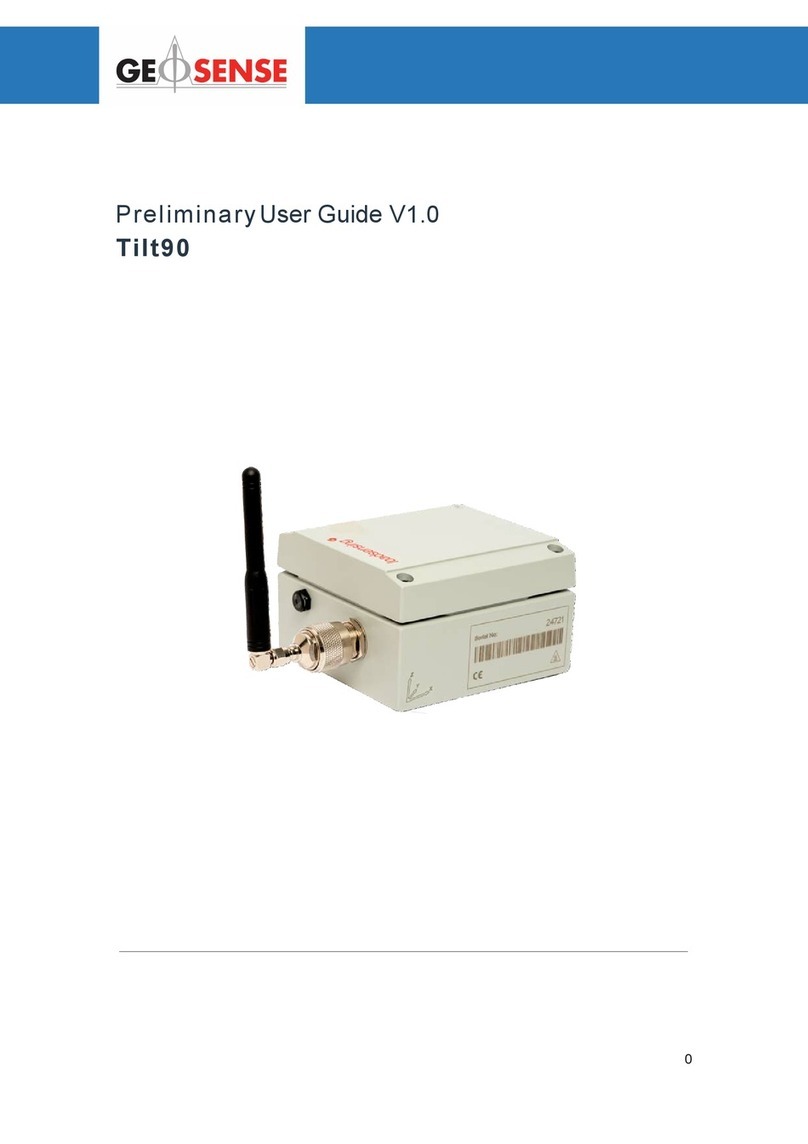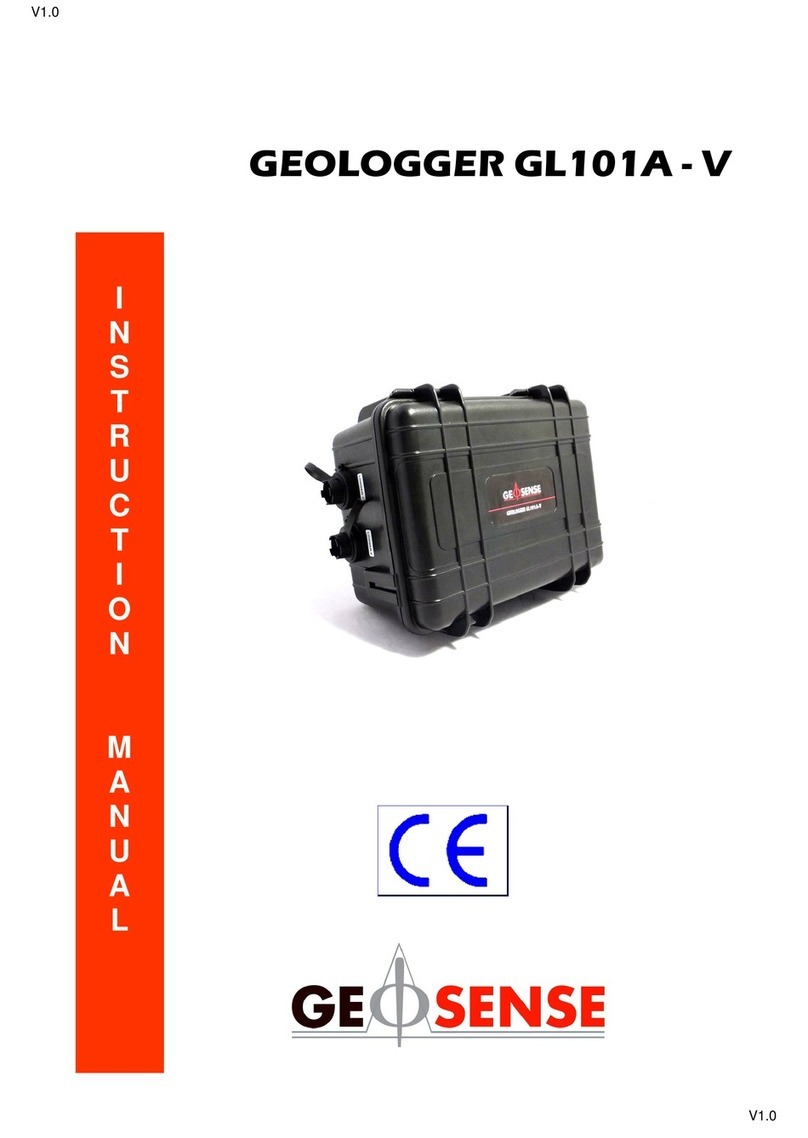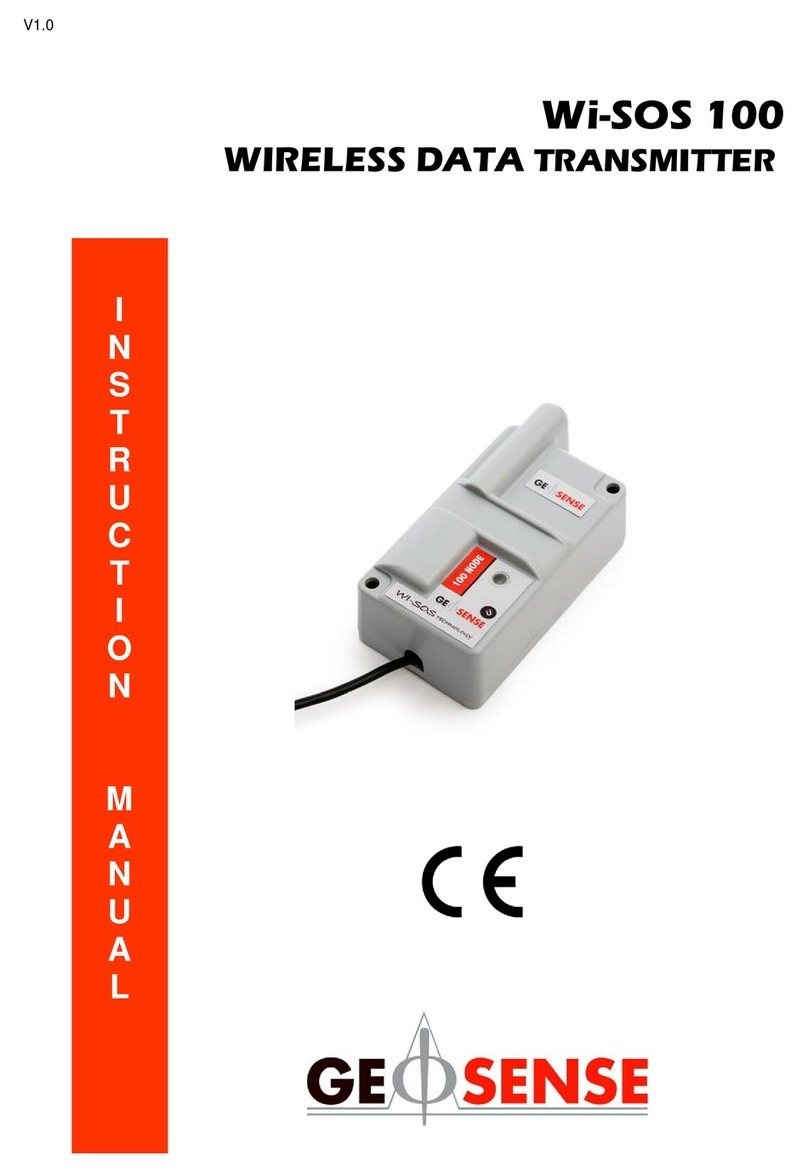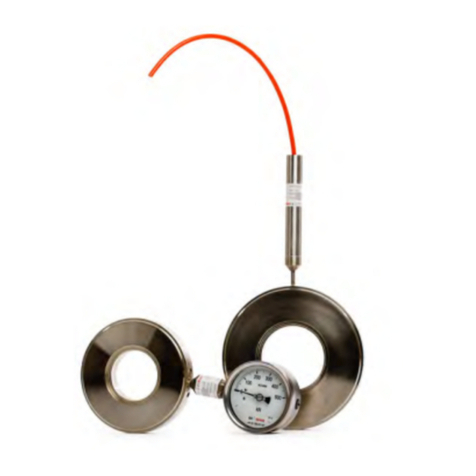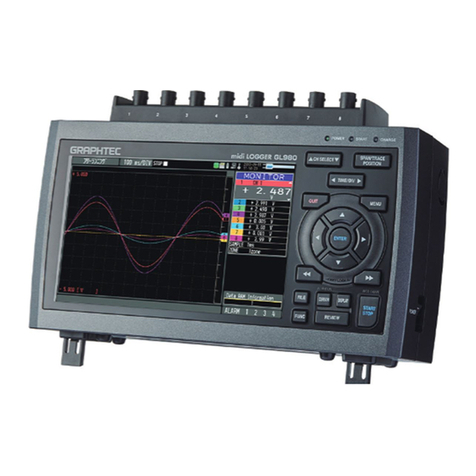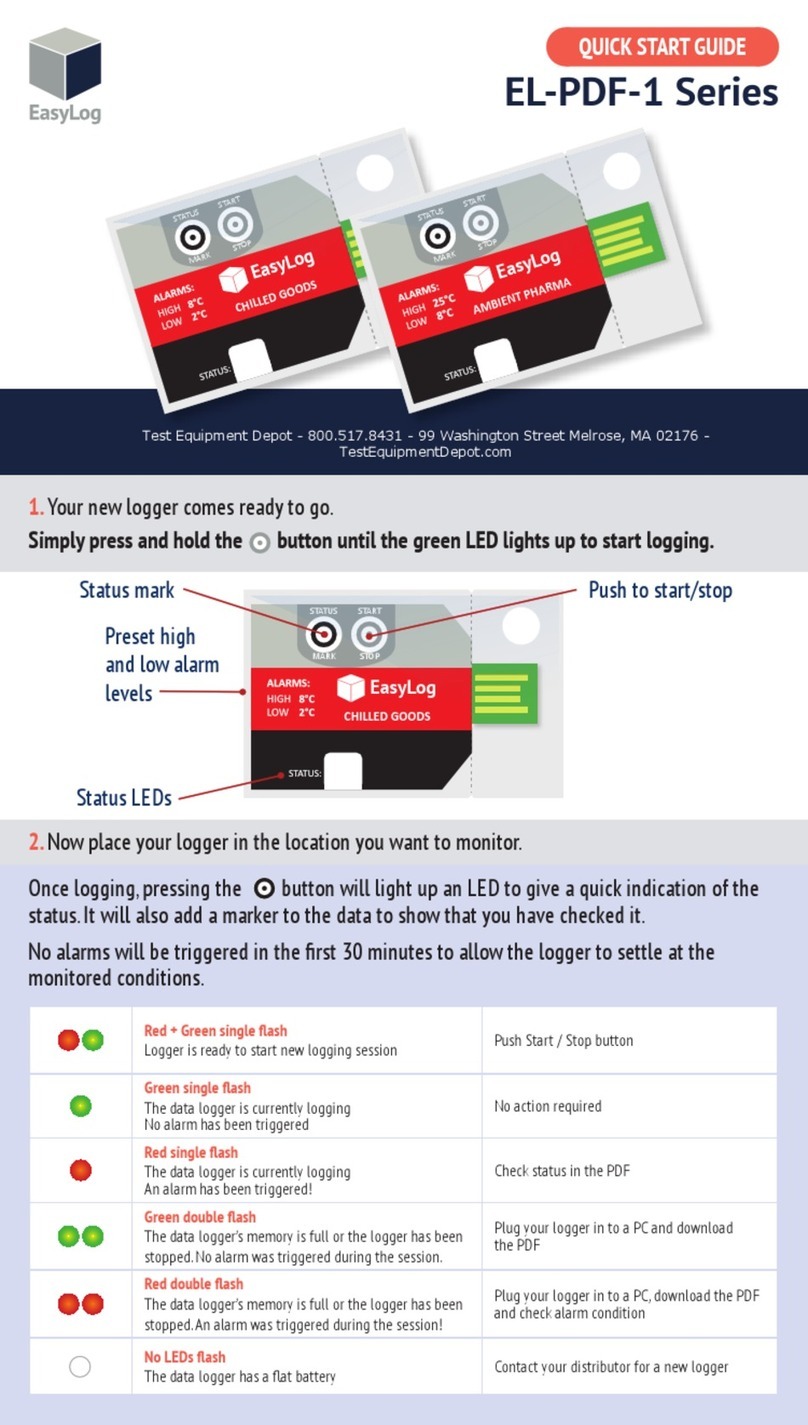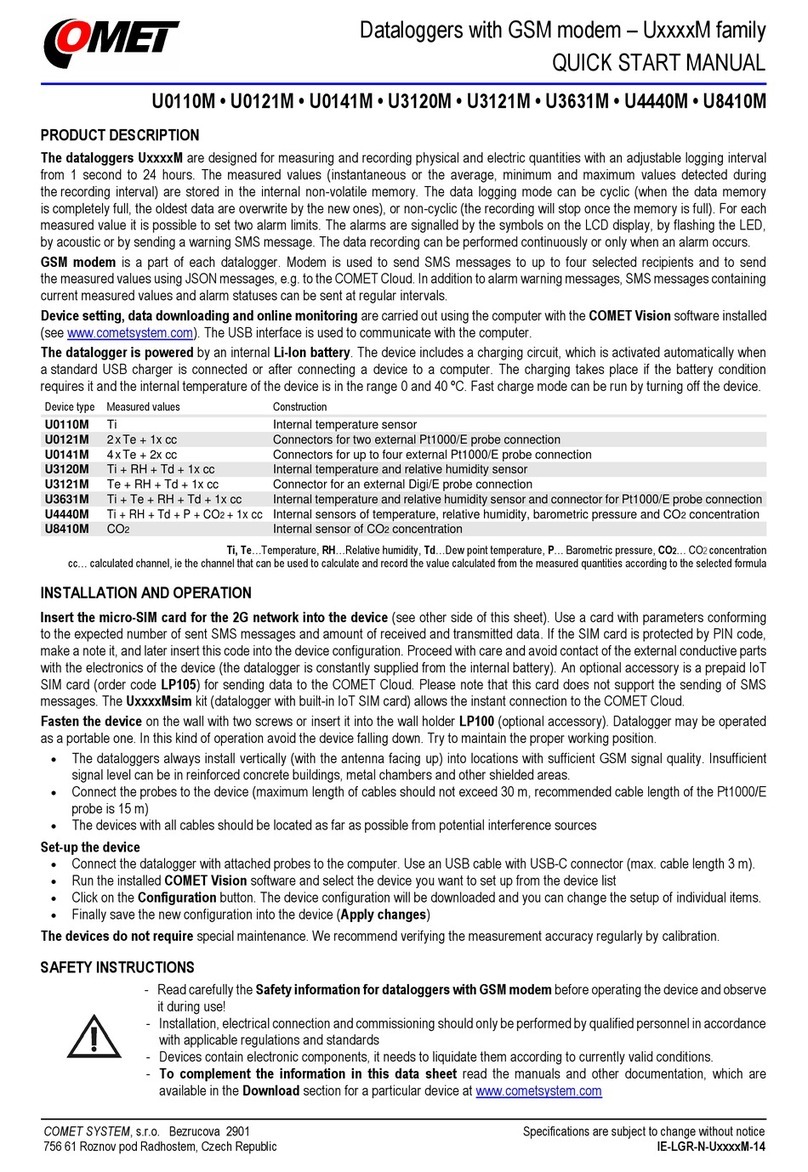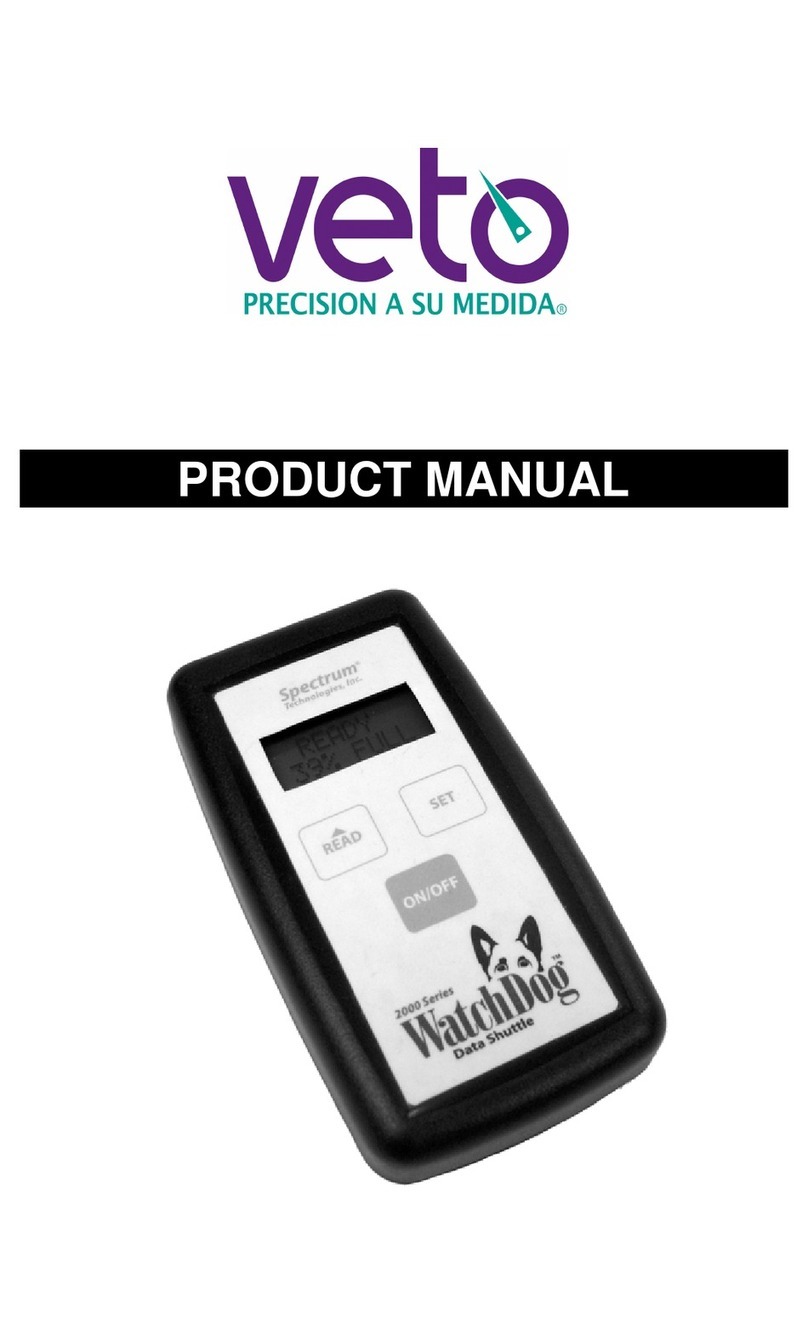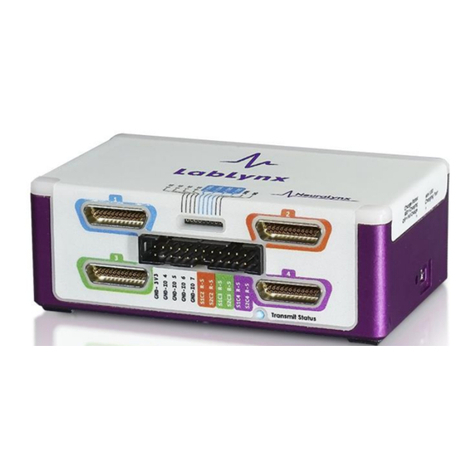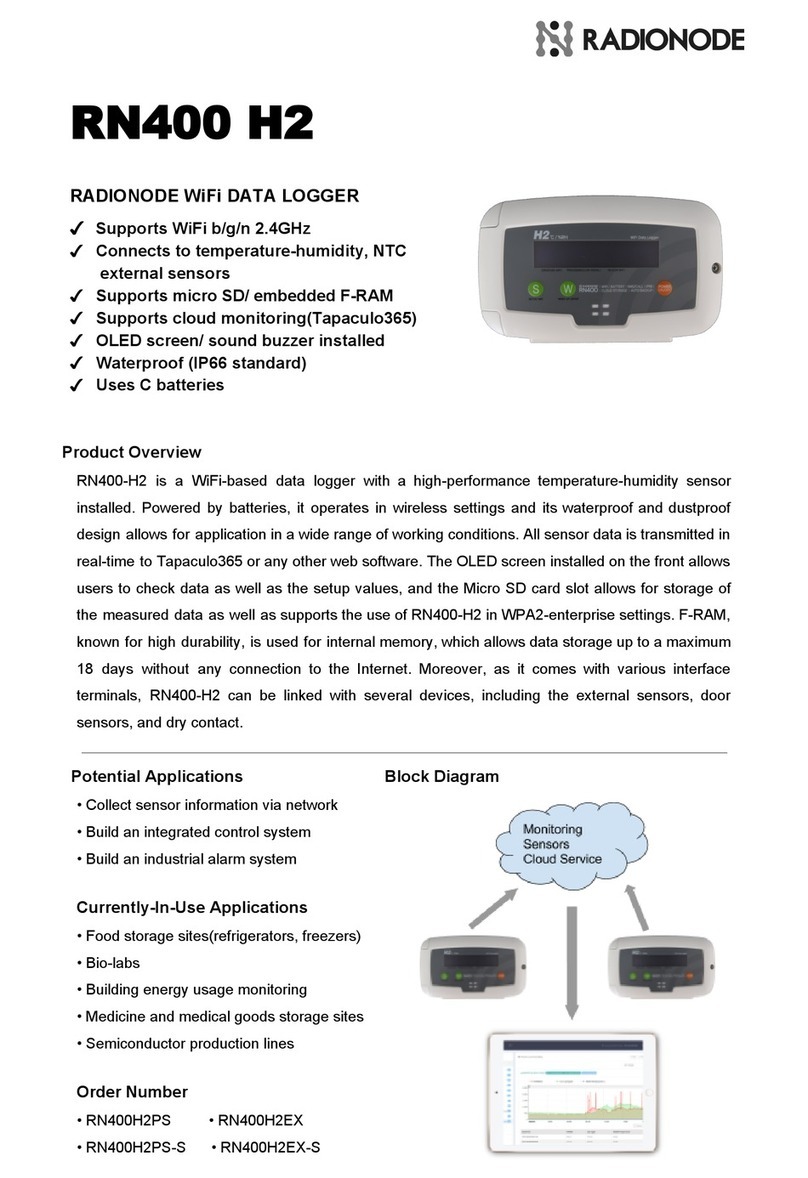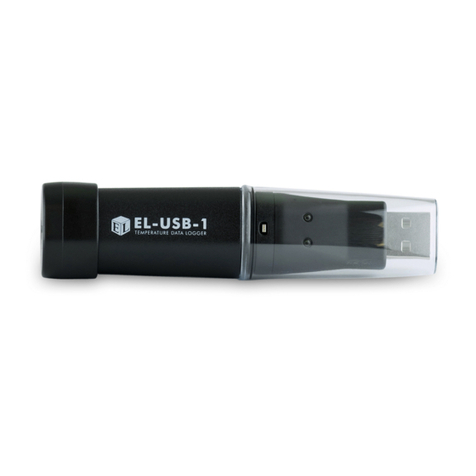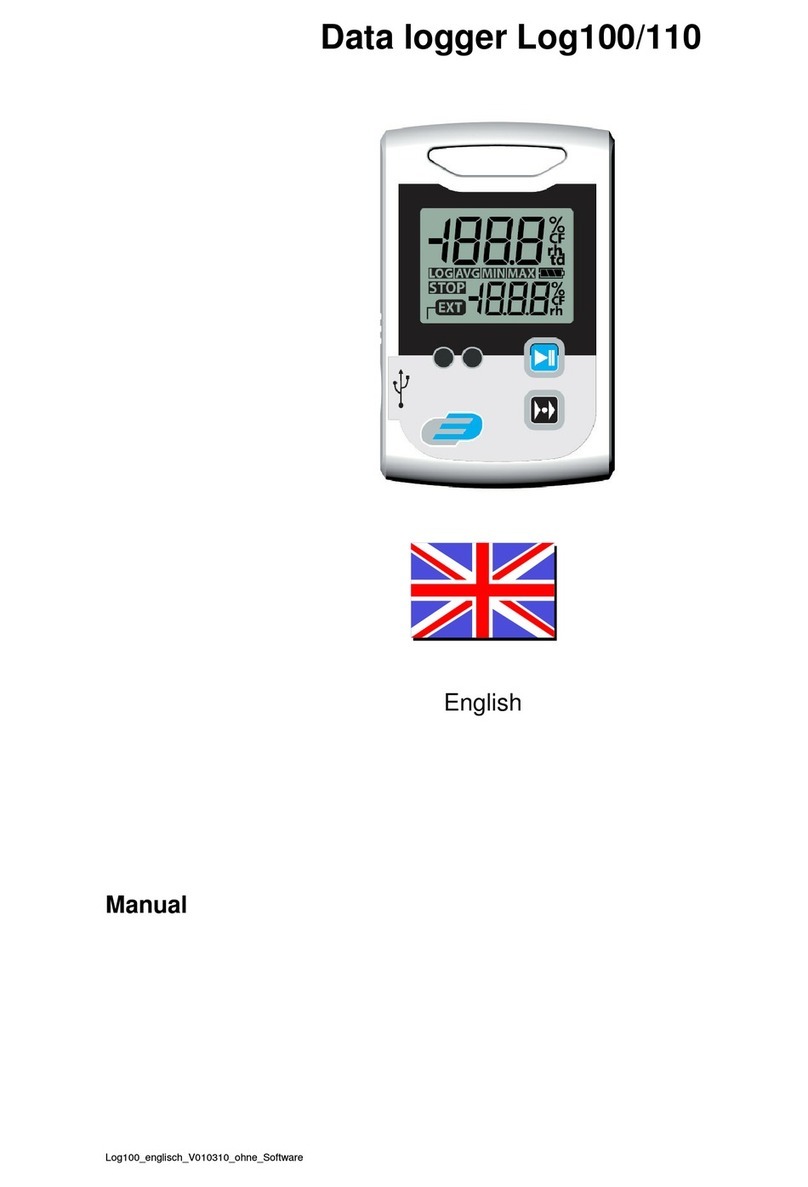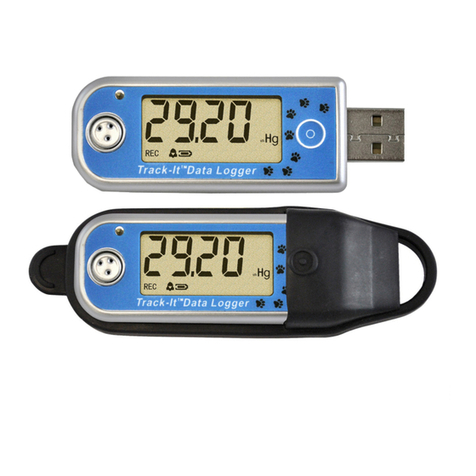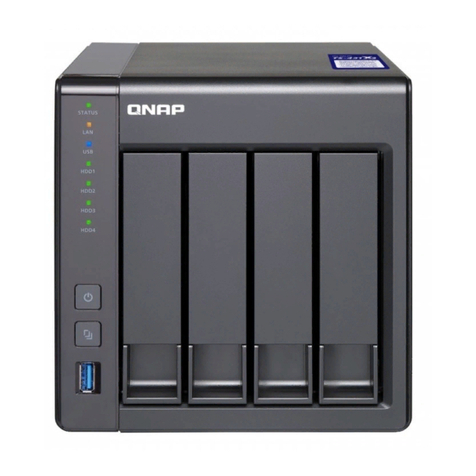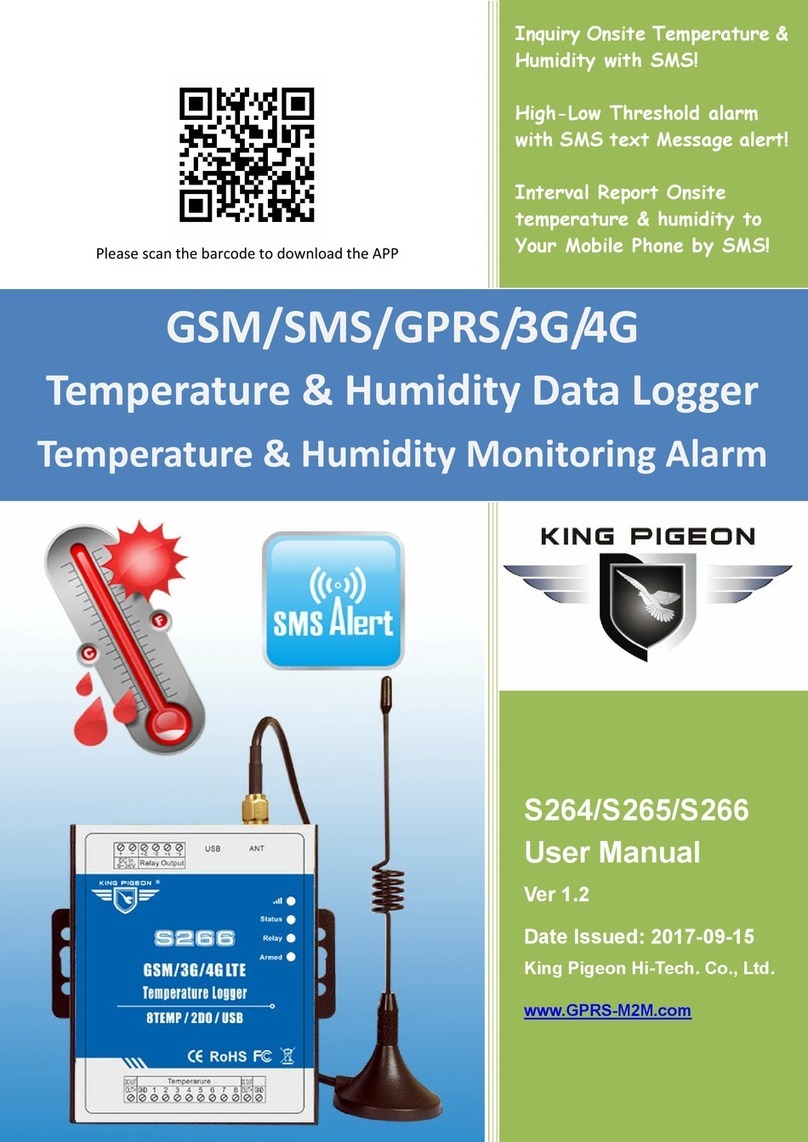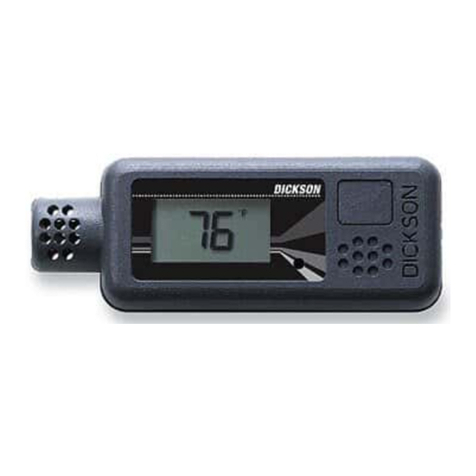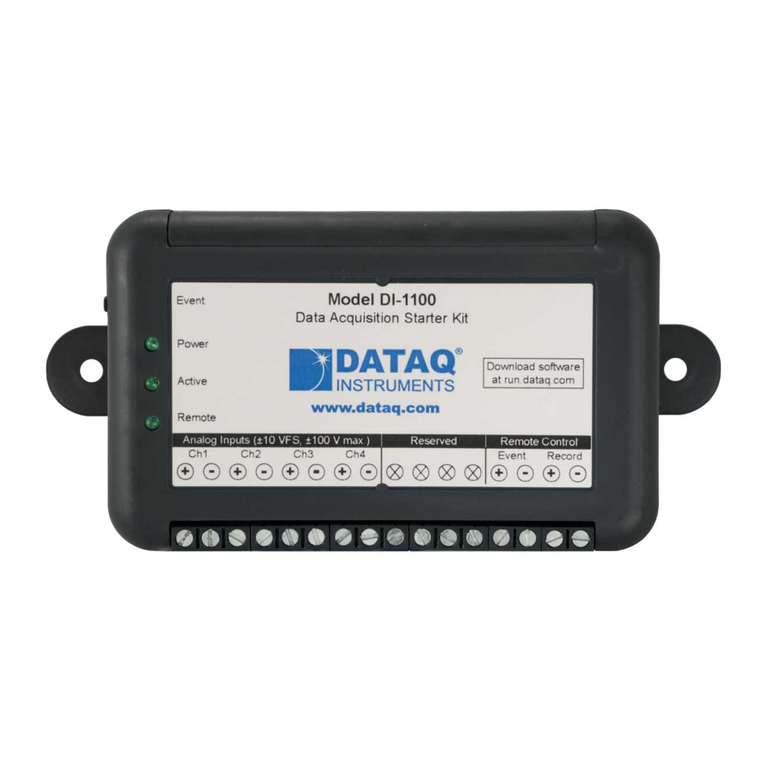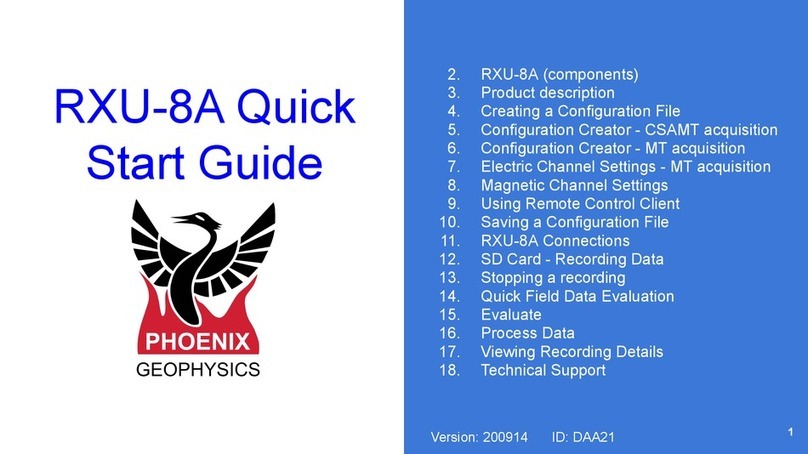
18
V1.4 March 15
Specific configuration and programming advice can be obtained from Geosense.
6.2 Data Reduction
Overview
The tension of a sensor wire can be measured by detecting the frequency (note) at
which it naturally vibrates. The following is a description of the units commonly used
by the instrumentation industry.
Frequency Units ( Hz ). If the wire is ‘excited’ electronically the frequency at which it
vibrates can be measured. The units used to express frequency are Hertz (Hz) or
Kilohertz (kHz).
The disadvantage of these units is that there is no ‘linear’ conversion from ‘change in
Hertz’ to ‘change in wire tension’.
Linear Digits ( B ). In order to overcome the problem of a linear conversion
described above, the frequency value can be squared, thereby rendering it linear, but
quite large. To reduce its size, it is often divided by 1000 (or multiplied by 10-3). The
expression Hz2/1000 (or Hz2 x 10-3) is the most commonly adopted as a ‘linear’ digital
output.
Period Units ( P ). Some readout devices utilise the ‘counter’ function available in
many common integrated circuits.
Period Units represent the time taken for the wire to vibrate over one full oscillation,
expressed in seconds. Due to the very small size of the number generated most
equipment manufacturers display the unit multiplied by either 1000 ( 103 ) or
10000000 ( 107).
The relationship between Period units and Frequency units is expressed as
P = 1
Frequency
Period units are convenient to measure but to convert the readings to units of
pressure, calibration factors must be applied to the recorded values. For most
Vibrating Wire sensors, these factors are unique and are detailed on the sensor
calibration sheet. A unique calibration sheet is supplied with all Geosense® NPC-
3000 NATM Cells (see page 21).
If the readout display is in Period units ( e.g. 0.03612 or 3612 - depending upon the
readout used ) the first step to producing an engineering value is to convert the
reading to Linear Digits ( Hz2/1000 ) . Two examples of this calculation can be seen
below. The first (1) where the readout includes a decimal point and displays the
Period in Seconds–2 and the second (2) where the readout displays the Period in
Seconds-7
(1) Readout Display =0.03612
Linear Digits (Hz2/1000) = ( 1 / 0.03612 x 10 –2 ) 2 / 1000
(Continued from page 17)
(Continued on page 19)




















